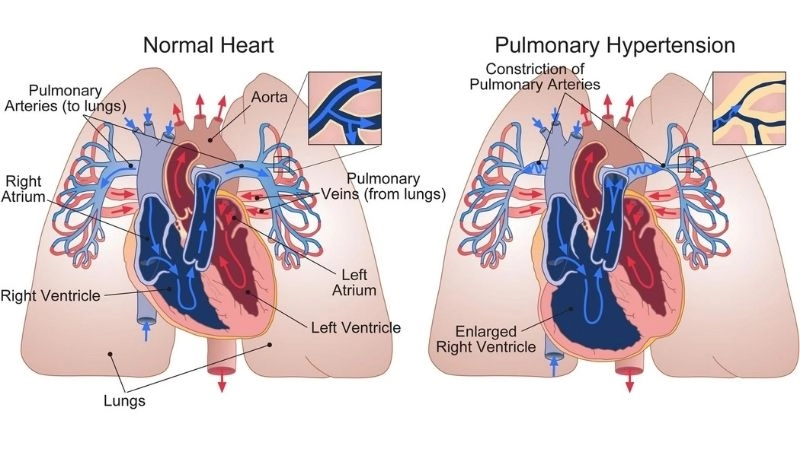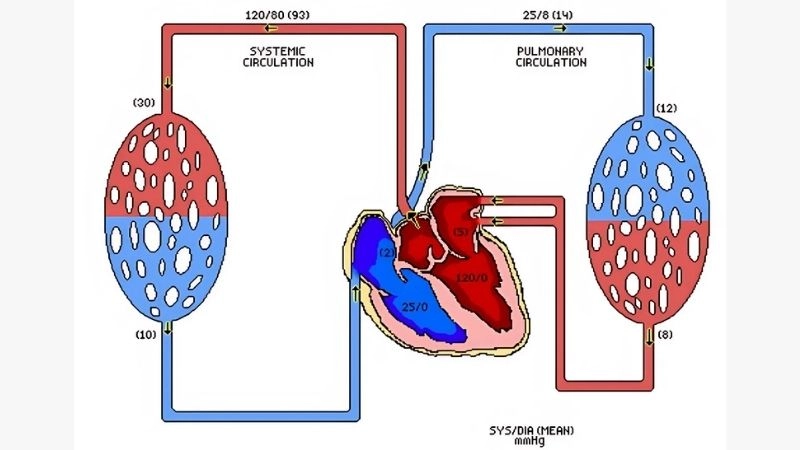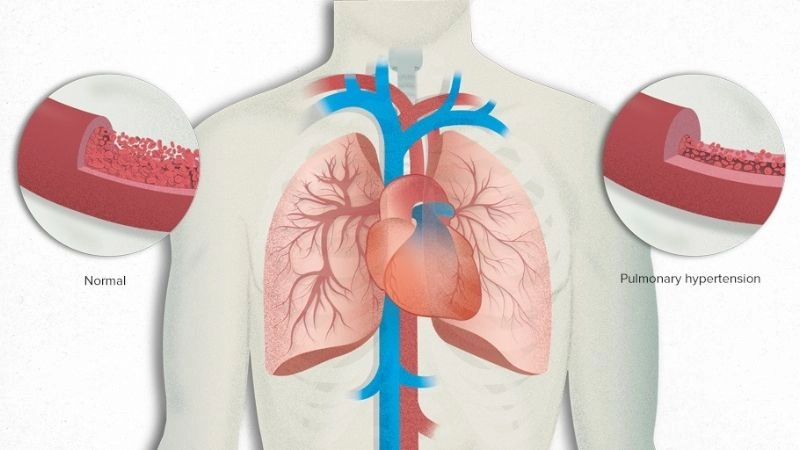Pulmonary embolism is a life threatening condition caused by blood clots in the lungs. Recognizing symptoms and treatments is key to saving lives.
What are the main causes of pulmonary embolism?
- Blood clots from deep vein thrombosis in the legs can travel to the lungs, blocking blood flow and causing pulmonary embolism.
- Prolonged immobility, such as long flights or bed rest, increases the risk of clot formation leading to pulmonary embolism.
- Certain medical conditions like cancer, heart disease, or clotting disorders can significantly raise the likelihood of pulmonary embolism.

Symptoms of pulmonary embolism that need quick action
>>> See more: Understanding about aortic aneurysm thoracic abdominal
Key symptoms of pulmonary embolism to watch for
- Sudden shortness of breath that appears without warning may indicate a pulmonary embolism requiring immediate medical evaluation.
- Sharp chest pain that worsens during deep breathing or coughing is a common sign of pulmonary embolism.
- Rapid heart rate, dizziness, or unexplained coughing with blood can signal pulmonary embolism and demand urgent attention.
How can you prevent pulmonary embolism effectively?
- Stay physically active and avoid prolonged sitting to help blood circulate properly and reduce the risk of pulmonary embolism.
- Wear compression stockings if recommended by a doctor to improve blood flow in the legs and prevent clot formation.
- Follow prescribed medications, including blood thinners, if you are at high risk of pulmonary embolism due to underlying conditions.

Pulmonary embolism treatment methods saving lives
>>> See more: Aortic dissection causes symptoms and risk factors
Images visual examples of pulmonary embolism
Pulmonary embolism occurs when a blood clot obstructs the arteries in the lungs, reducing oxygen levels and straining the heart. Images can illustrate clot locations and their impact.









>>> See more: Understanding aortitis signs and management options
Pulmonary embolism can be prevented and managed with timely care. Understanding symptoms and risk factors ensures better treatment and recovery.





